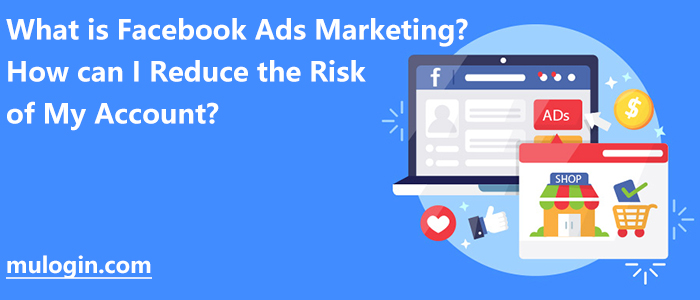Facebook Ads marketing campaigns can be categorized into the following types:
1. Boosted Posts: This ad type promotes your posts to a wider group of people, making them more visible in their news feeds. You can choose a specific target audience and set a budget and ad duration.
2. Page Promotion: With this ad type, you can increase the exposure and number of Likes on your Facebook page. By targeting your audience and setting a budget, your page will be able to get more attention and interaction.
3. Link Click Ads: This type of ad is designed to display attractive ads in users’ news feeds, prompting them to click on the link and visit your website or a specific targeted page. It can help you increase website traffic, sales, or conversions.
4. Video Ads: Video ads are a compelling and attractive form of advertising. You can display video ads in user news feeds to attract users to click and watch. Video ads can increase brand awareness and user engagement. 5.
5. Dynamic Product Ads: This type of ad allows you to automatically display products or services of interest to users based on their interests and behavior. You can integrate with your product catalog or e-commerce platform so that ads can automatically display products that may be of interest to users.
6. Event Response Ads: If you are organizing an event or activity, you can use this ad type to promote the event and invite users to attend. You can set the date, time, and location of the event and use the ads to attract users to click to participate or learn more information.
7. Page Like Ads: With this ad type, you can increase the number of fans on your Facebook page. The ads are displayed in the user’s news feed, encouraging them to click the “Like” button to follow your page.
These ad types are suitable for different advertising goals and marketing strategies. Depending on your needs and target audience, you can choose the right type of ad to promote your brand, product, or service and achieve your marketing goals.
And to reduce Facebook’s risk score, you can take the following steps:
1. review and update privacy settings: scrutinize your Facebook privacy settings and make sure they are set to fit your needs. Limit who can see your personal information, posts, and photos, and who can send you friend requests.
2. Enhance account security: Enable double authentication to ensure that only you can access your account. Use strong passwords and change them regularly.
3. Be wary of phishing and malicious links: Avoid clicking on suspicious links, especially posts or messages from unknown sources or looking suspicious. These links may lead to your account being compromised or infected with malware.
4. Avoid posting sensitive or offending content: Follow Facebook’s community guidelines and avoid posting illegal, violent, hateful, or otherwise offending content. This reduces the risk of your account being flagged or disabled.
5. Handle apps and games with care: Review and limit access to your personal information in apps and games. Trust only trusted developers and read permission requests carefully to ensure you are not giving away too much personal information.
6. Regularly check account activity: Regularly check your account activity logs to ensure there are no unauthorized logins or activity. If you notice unusual activity, change your password and report it to Facebook immediately.
7. Be aware of social engineering attacks: Do not easily trust requests or demands from strangers and be alert to possible social engineering attacks. For example, avoid disclosing personal or financial information to strangers.
These measures can help reduce your Facebook account’s risk score and increase your account’s security. However, note that there are no absolute security measures, so it’s vital to remain vigilant and use social media platforms with care.
So, is there a more convenient and time-saving method?
MuLogin Anti-detect Browser provides a unique browser fingerprinting environment for each account, including Time Zone, WebRTC, Location, Language, user-agent, Fonts, Resolution, Canvas, WebGL Images, WebGL Metadata, Audio, Do Not Track, Hardware Concurrency, Device Memory, Battery Charge Status, Capacity, Bluetooth, Flash, Port Scan Protection, etc. Users can use the default settings or customize the settings according to their needs. MuLogin can create multiple unique fingerprint browsers, and each browser fingerprint environment, cookies, local storage, and other cached files will be completely isolated, the browser profiles cannot leak each other’s information, in order to achieve the security of multiple accounts to log in without being associated.
